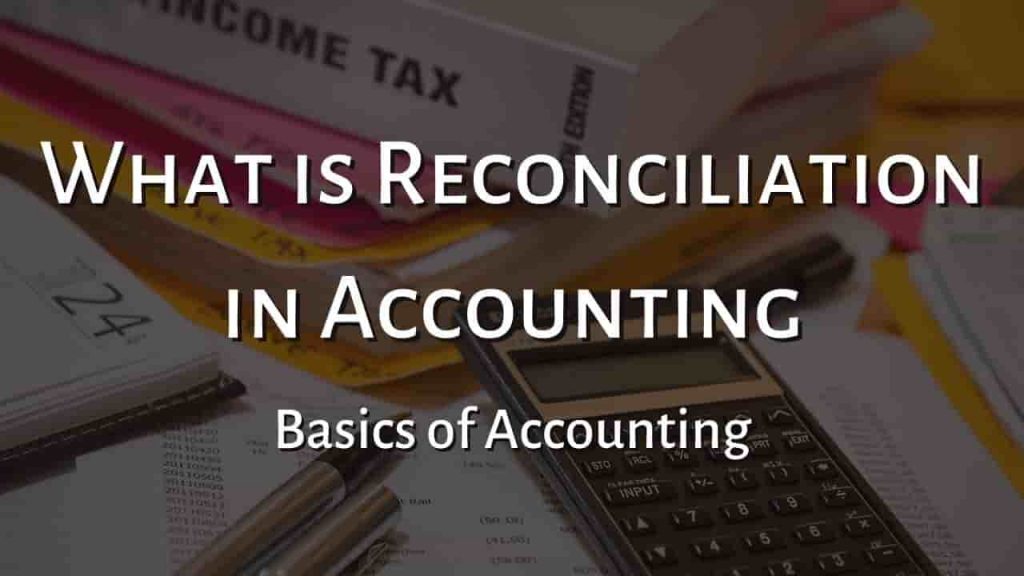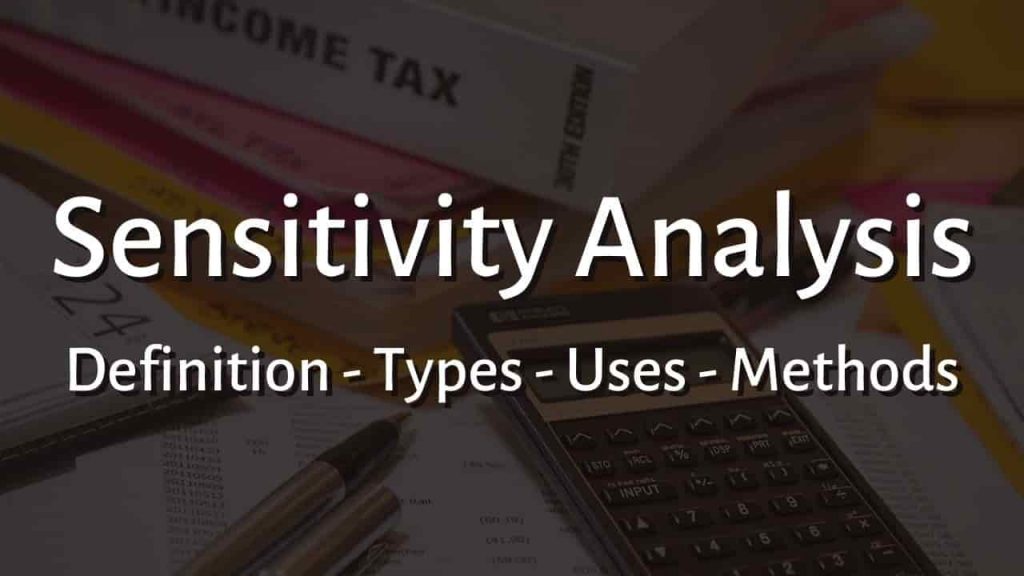Purchase Price Allocation
Purchase price allocation is a process in acquisition accounting in which an acquirer distributes the purchase price to the assets and liabilities of the target firm acquired in the transaction. After the completion of a merger or acquisition, purchase price allocation is a key stage in accounting reporting.
PPA is a process that is required by the International Financial Reporting Standards (IFRS) whenever there is a business combination arrangement. It is applicable to both mergers and acquisitions.
Previous accounting standards only needed PPA when there was an acquisition — not when there was a merger. In the United States, it is usually done in compliance with the requirements of the Financial Accounting Standards Board (FASB).
Component of Purchase Price Allocation
Purchase Price Allocation or PPA is made up of three components: net identifiable assets, write-up, and goodwill.
Net Identifiable Assets
Net identifiable assets are the overall worth of an acquired company’s assets less the whole amount of its liabilities.
It should be noted that “identifiable assets” are those that have a specific worth at a given moment in time and whose advantages can be identified and adequately defined.
Essentially, net identifiable assets represent the book value of assets on the acquired company’s balance sheet. It is critical to recognize that identifiable assets might contain both physical and intangible assets.
Write-up
A write-up is an increase in the book value of an asset if its carrying value is less than its current fair market value. An expert business valuation specialist determines the amount of the write-up.
They do a fair market value evaluation on all of the target assets, which decides whether write-ups are required and how much the write-up should be.
Goodwill
Generally, goodwill is the amount paid in excess of the target company’s net worth. It is also known as residual purchase consideration at times. It is the gap between the acquisition price of an acquired firm and the fair market value of its assets and liabilities.
From the perspective of the purchaser, goodwill is critical in proper financial reporting since both IFRS and US GAAP require a firm to re-evaluate all reported goodwill at least once a year to determine whether it can be recovered and make any required modifications.
If goodwill cannot be recovered, in whole or in part, it must be recorded as an impairment. Goodwill is not subject to depreciation, but it may be subject to amortization at times.
Any acquisition-related expenditures, such as consulting fees, advising fees, legal fees, and so on, are not included in the PPA. Accounting rules require an acquirer to expense costs as soon as they are charged, regardless of whether or not the services are given.
Identifiable Intangible Assets in Purchase Price Allocation
If an intangible asset fits any or both of the following conditions – that is, if it is an “identifiable” intangible asset – it can be recognized independently from goodwill and valued at fair value.
- Even if the rights are not separable/transferable, the intangible asset is linked to contractual or legal rights.
- The intangible asset can be detached from the acquisition target and transferred or sold without transferability constraints.
How do you allocate purchase price?
Business combinations are accounted for when the acquirer is identified and the acquisition date is determined by preparing a Purchase Price Allocation (PPA). When completing a PPA, the following five stages should be taken into account:
Step 1: Calculate the fair market value of the consideration paid.
Step 2: Revalue all existing assets and obligations (excluding intangible assets and goodwill, which are addressed in steps 3–5 below) to their acquisition-date fair values.
Step 3: Identify the acquired intangible assets.
Step 4: Determine the fair value of the identifiable intangible assets; and
Step 5: Allocate the remaining money to goodwill and analyze the overall conclusion’s validity.
Purchase Price Allocation Example
The purchase price allocation (PPA) equation fundamentally sets the assets purchased and liabilities accepted from the target equal to the purchase price consideration.
Assume that an acquisition target was purchased for $100 million.
The acquisition price is then allocated to the target’s net tangible book value.
Net Tangible Book Value Formula:
Net Tangible Book Value = Assets – Liabilities – Existing Goodwill
It should be noted that the target’s existing goodwill from past transactions is wiped away, and the previous carrying value must be eliminated.
Furthermore, assuming a 100% acquisition of the target, the shareholders’ equity account must be wiped away.
We’ll assume the company’s net tangible book value is $50 million and mark up the assets and liabilities to their fair value.
If we suppose that the post-deal asset write-up was $10 million, we can determine goodwill by removing the fair value write-up amount from the net tangible book value.
Goodwill Formula:
Goodwill = Purchase Price + Fair Value Write-Up – Net Tangible Book Value
We compute $40 million as the total goodwill produced after entering our assumptions into the formula.
Goodwill = $100 million – $50 million + $10 million
Goodwill = $40 million
Practical Challenges of the PPA
The practical challenges of a PPA typically entail the identification and first measurement of internally created intangible assets like trademarks and customer connections, for which there is an express limitation on recognition in the IFRS consolidated financial statements and which have thus frequently not been recognized in any form to date.
For the acquisition of previously unrecognized intangible assets, a basic understanding of the acquiree’s business strategy, corporate planning, current value drivers, and legal environment is required.
It should be underlined that only cash flows due to intangible assets should be considered for evaluating fair valuations (stand-alone). As a result, the cash flows resulting from budgetary accounting should be altered to account for true synergy impacts.
Economic life should be decided by objective standards, and hence from the standpoint of hypothetical market participants.
In practice, the following valuation methods are used:
- Relief from Royalty Method: Using the analogy of royalty rates to value trademarks, patents, or technology.
- Multi-Period Excess Earnings Approach: The residual value method is used to evaluate customer relationships.
Importance of Purchase Price Allocations
Purchase price allocations help to appropriately depict the value drivers for an acquired firm and assist financial statement users in understanding what each component of the purchased business is worth. It is crucial to note that not all acquired targets must be recognized as a business combination.
For more click here and if you are looking for full forms of different acronyms and words then check out this list you really gonna find this helpful. We also have an Essay on every topic, Check the complete list here. If you are Studying in Matric Free Video Lectures of Maths, Physics and English are here, and we have got you covered for I.COM Business Maths also.







